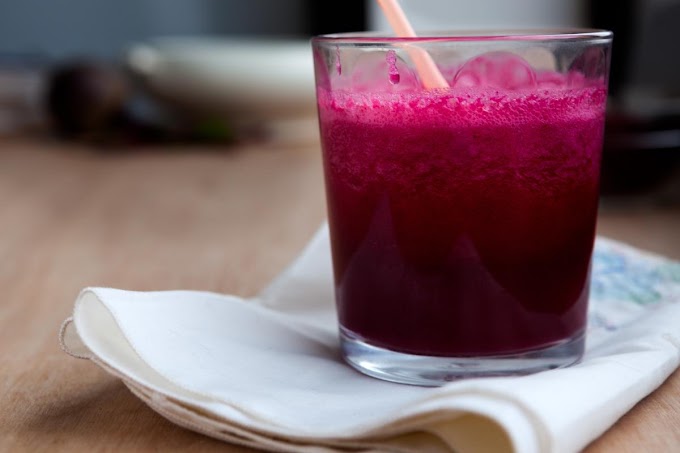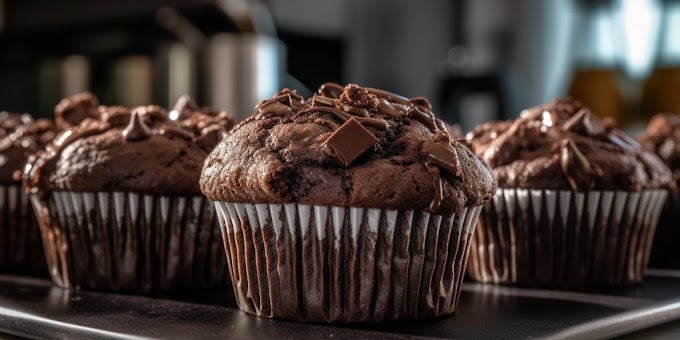Cooking country-style beef ribs on the stove is a fantastic way to achieve tender, flavorful ribs without the need for a grill or oven. This method is perfect for those who want to enjoy delicious ribs even when outdoor cooking isn't an option. In this guide, we'll walk you through the entire process, from selecting the right ribs to serving up a mouthwatering meal.
Understanding Country-Style Beef Ribs
Before diving into the cooking process, it's important to understand what country-style beef ribs are. Unlike traditional ribs, which come from the rib section of the cow, country-style ribs are cut from the shoulder or chuck area. They are meatier than other types of ribs, making them a satisfying choice for a hearty meal. These ribs have a rich beef flavor and, when cooked correctly, can be incredibly tender and juicy.
What You'll Need
To cook country-style beef ribs on the stove, you'll need the following ingredients and tools:
Ingredients:
2-3 pounds of country-style beef ribs
1-2 tablespoons of cooking oil (vegetable, olive, or canola)
1 large onion, sliced
3-4 cloves of garlic, minced
1 cup of beef broth or water
1/2 cup of barbecue sauce (optional)
Salt and pepper to taste
Your favorite seasoning blend or dry rub (optional)
Tools:
A large, heavy-bottomed skillet or Dutch oven with a lid
Tongs or a spatula
A knife and cutting board
Step 1: Preparing the Ribs
Begin by preparing the ribs. If your ribs are not already cut, you may want to cut them into manageable pieces, about 2-3 inches wide. This will help them cook evenly on the stove. Next, pat the ribs dry with paper towels. Removing excess moisture will allow for better browning, which is essential for developing flavor.
Season the ribs generously with salt, pepper, and any additional seasonings or dry rubs you prefer. Allow the ribs to sit at room temperature for about 15-20 minutes to absorb the flavors.
Step 2: Searing the Ribs
Searing the ribs is a crucial step that locks in the juices and adds depth to the flavor. Heat your skillet or Dutch oven over medium-high heat and add the cooking oil. Once the oil is hot and shimmering, carefully place the ribs in the skillet in a single layer. Avoid overcrowding the pan; if necessary, sear the ribs in batches.
Allow the ribs to sear for 3-4 minutes on each side, or until they develop a rich, golden-brown crust. Use tongs to turn the ribs, ensuring that all sides are evenly browned. This process should take about 8-10 minutes in total. Once seared, remove the ribs from the skillet and set them aside.
Step 3: Sautéing the Aromatics
With the ribs set aside, it's time to sauté the aromatics. In the same skillet, add the sliced onions and minced garlic. If there's not enough oil left in the pan, add a little more to prevent sticking. Sauté the onions and garlic over medium heat, stirring frequently, until the onions become soft and translucent, about 5-7 minutes.
The onions and garlic will absorb some of the flavorful bits left in the pan from the ribs, adding a depth of flavor to the dish.
Step 4: Deglazing the Pan
Deglazing the pan is an important step that helps to lift any caramelized bits (fond) from the bottom of the skillet, incorporating them into the sauce. Add the beef broth or water to the skillet, using a wooden spoon to scrape up the browned bits from the bottom. These bits are packed with flavor and will contribute to the overall taste of the dish.
If you prefer a richer sauce, you can also add 1/2 cup of barbecue sauce at this stage. This will give the ribs a sweet and tangy flavor, perfect for those who love a bit of BBQ flair.
Step 5: Braising the Ribs
Once the pan is deglazed, it's time to braise the ribs. Return the seared ribs to the skillet, nestling them into the onions and garlic. The liquid should come about halfway up the sides of the ribs. If needed, add more broth or water.
Reduce the heat to low, cover the skillet with a lid, and allow the ribs to braise gently for 1.5 to 2 hours. Check the ribs occasionally, turning them halfway through the cooking time to ensure even cooking. If the liquid level drops too low, add a little more broth or water.
Braising is a slow cooking method that breaks down the connective tissues in the meat, resulting in tender, melt-in-your-mouth ribs.
Step 6: Finishing the Ribs
After 1.5 to 2 hours of braising, the ribs should be tender and ready to eat. You can test their doneness by inserting a fork into the meat; it should easily pierce through with little resistance.
At this point, you can either serve the ribs as they are, or reduce the sauce for a thicker, more concentrated flavor. To reduce the sauce, remove the ribs from the skillet and set them aside on a plate. Increase the heat to medium-high and simmer the sauce uncovered until it thickens to your desired consistency, stirring occasionally.
Once the sauce is reduced, return the ribs to the skillet, turning them to coat them in the sauce. This will give the ribs a glossy finish and enhance their flavor.
Step 7: Serving the Ribs
Your country-style beef ribs are now ready to be served! These ribs are versatile and can be paired with a variety of side dishes. Classic options include mashed potatoes, coleslaw, or cornbread. For a lighter meal, consider serving the ribs with a fresh green salad or steamed vegetables.
Don't forget to drizzle some of the rich sauce over the ribs and your chosen sides for an extra burst of flavor.
Tips and Variations
Adjust the Seasoning: Feel free to customize the seasoning according to your taste. You can add a pinch of smoked paprika, cayenne pepper, or herbs like rosemary and thyme for added depth.
Barbecue Lovers: If you're a fan of BBQ, consider finishing the ribs with an extra brush of barbecue sauce before serving.
Make It Ahead: Country-style beef ribs are great for meal prep. You can cook them ahead of time and reheat them in the sauce for a quick and easy meal.
Storing Leftovers: Store any leftover ribs in an airtight container in the refrigerator for up to 3 days. They also freeze well for up to 2 months.
Conclusion
Cooking country-style beef ribs on the stove is a rewarding experience that yields tender, flavorful results. With just a few simple steps, you can create a hearty, satisfying meal that will impress your family and friends. Whether you're cooking for a special occasion or just craving some comfort food, this stove-top method is a reliable way to enjoy delicious beef ribs any time of year.








Social Plugin